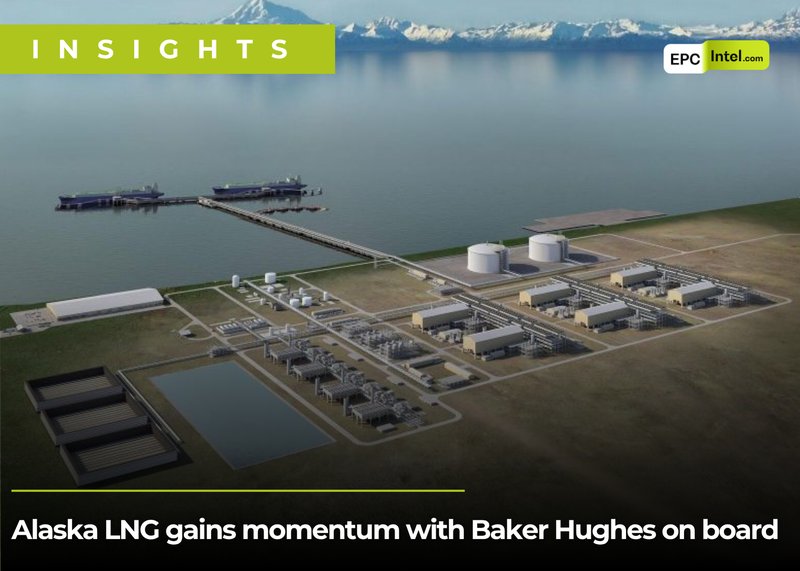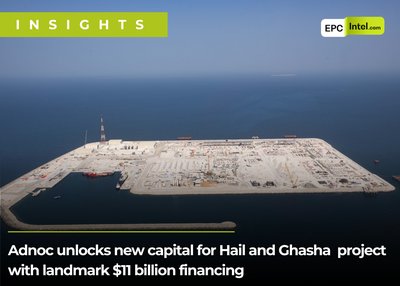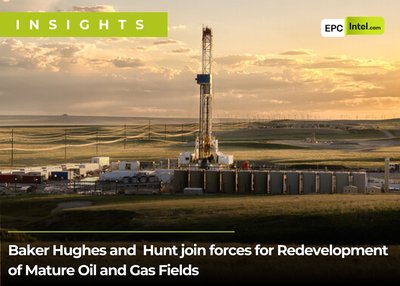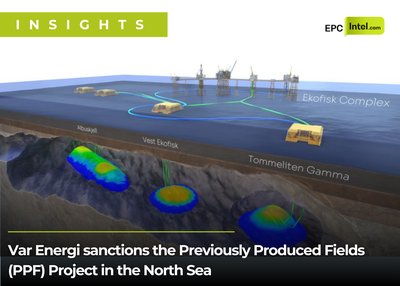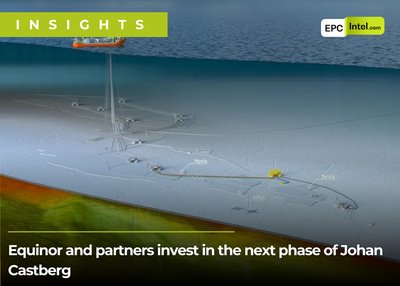Glenfarne Alaska LNG has taken another major step forward with the announcement of a strategic alliance with Baker Hughes, marking one of the most significant milestones yet for the long-awaited Alaska LNG project. The agreement, unveiled in Washington D.C. alongside U.S. government officials, cements Baker Hughes as both a technology partner and investor in the multibillion-dollar development.
A technology and investment partnership
Under the deal, Baker Hughes will supply the main refrigerant compressors for the LNG terminal and power generation equipment for the North Slope gas treatment plant. The scope aligns with Baker Hughes’ long track record of delivering turbomachinery and liquefaction equipment for large-scale LNG projects, including recent orders for Rio Grande LNG and Port Arthur LNG.
In parallel, Baker Hughes will make a strategic investment in the project, demonstrating confidence in Glenfarne’s phased development plan. The collaboration was announced in the presence of U.S. Secretary of the Interior Doug Burgum and Secretary of Energy Chris Wright, underscoring the project’s national significance.
Baker Hughes chairman and CEO Lorenzo Simonelli called the partnership a vote of confidence in American LNG. “Natural gas and LNG provide secure, affordable, and reliable energy, and we look forward to continuing our collaboration with Glenfarne to bring lower-carbon natural gas from Alaska to the global market,” he said.
Glenfarne founder and CEO Brendan Duval emphasized Baker Hughes’ leadership in LNG compression technology as a key factor in the partnership. “Their participation reflects Alaska LNG’s momentum and its ability to attract global partners to achieve national and state energy objectives,” Duval noted.
U.S. support for energy independence
The ceremony carried political weight, with both Burgum and Wright framing Alaska LNG as a cornerstone of America’s energy strategy. Burgum called American LNG “a strategic asset that powers our economy, strengthens our alliances, and secures our nation’s future,” while Wright described the alliance as “an important step forward for the project, prosperity in Alaska, and the energy security of America and our allies.”
A two-phase execution strategy
Glenfarne has restructured Alaska LNG into two financially independent phases to accelerate delivery and attract phased financing.
Phase One covers construction of an 807-mile, 42-inch natural gas pipeline from Alaska’s North Slope to Southcentral Alaska. The line will initially serve domestic demand, with Worley completing final engineering and cost analysis by December 2025 ahead of an expected FID on this phase.
Phase Two will include the LNG liquefaction terminal, storage, and export facilities, targeting up to 20 million tonnes per annum (MTPA) of export capacity. Glenfarne plans to reach FID on the LNG terminal in late 2026.
Strong commercial traction
Since assuming control of the project earlier in 2025, Glenfarne has secured preliminary sales agreements covering over 11 MTPA of LNG—more than 60 percent of the offtake needed to reach FID. Buyers include major Asian utilities such as Tokyo Gas, JERA, POSCO International, and partners in Korea, Taiwan, and Thailand.
With full regulatory approvals in hand and FEED activities advancing, Alaska LNG is positioning itself as the next major U.S. export project to move toward sanction.
Indicative capital breakdown
Based on EPCIntel.com’s LNG project benchmarking, the total Phase Two capital expenditure for a 20 MTPA facility of this scale would typically range between $25–28 billion, distributed approximately as follows:
- LNG liquefaction and utilities – $10–11 billion
- Gas treatment and compression – $5–6 billion
- Storage and loading facilities – $2–3 billion
- Pipeline infrastructure – $8 billion (Phase One)
- Power generation and auxiliary systems – $1–2 billion
- EPCM, project management and contingency – $2–3 billion
Baker Hughes’ supply package, covering refrigerant compressors and power generation units, would typically represent $1.2–1.5 billion of total capex.
A cornerstone of Glenfarne’s North American LNG portfolio
Alaska LNG expands Glenfarne’s North American LNG portfolio to 32.8 MTPA of total capacity, alongside the Texas LNG and Magnolia LNG projects in the Gulf Coast region. Baker Hughes is already a confirmed equipment supplier for Texas LNG, establishing continuity across Glenfarne’s portfolio and leveraging standardized technology to reduce cost and execution risk.
If Glenfarne delivers its phased approach as planned, Alaska LNG could not only unlock Alaska’s vast stranded gas reserves but also cement the state’s role in supplying low-carbon U.S. LNG to Asia for decades ahead.
